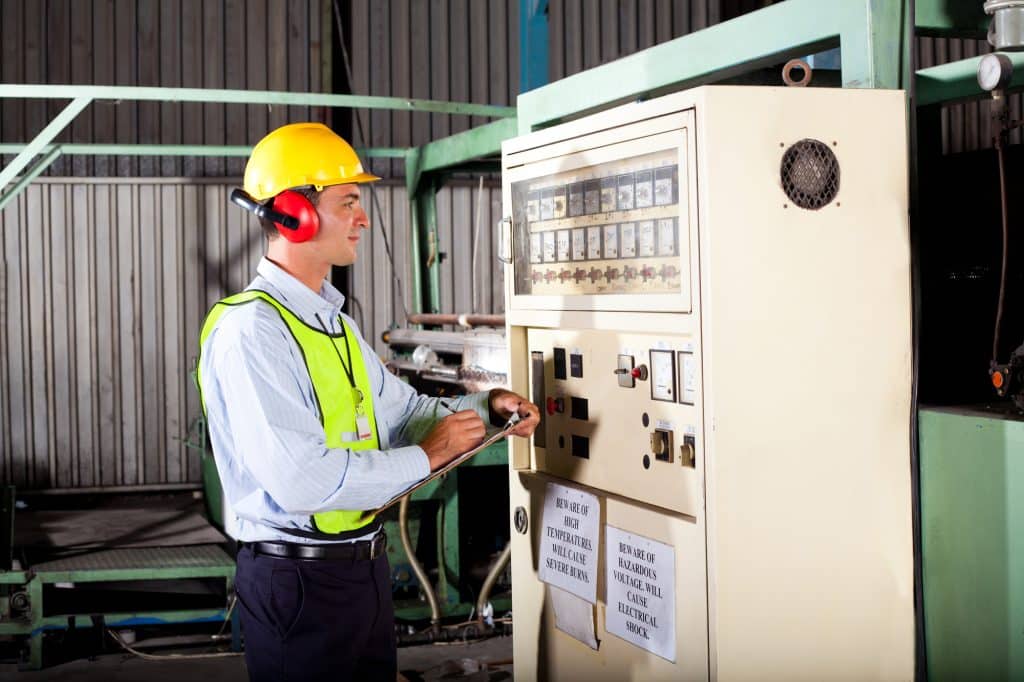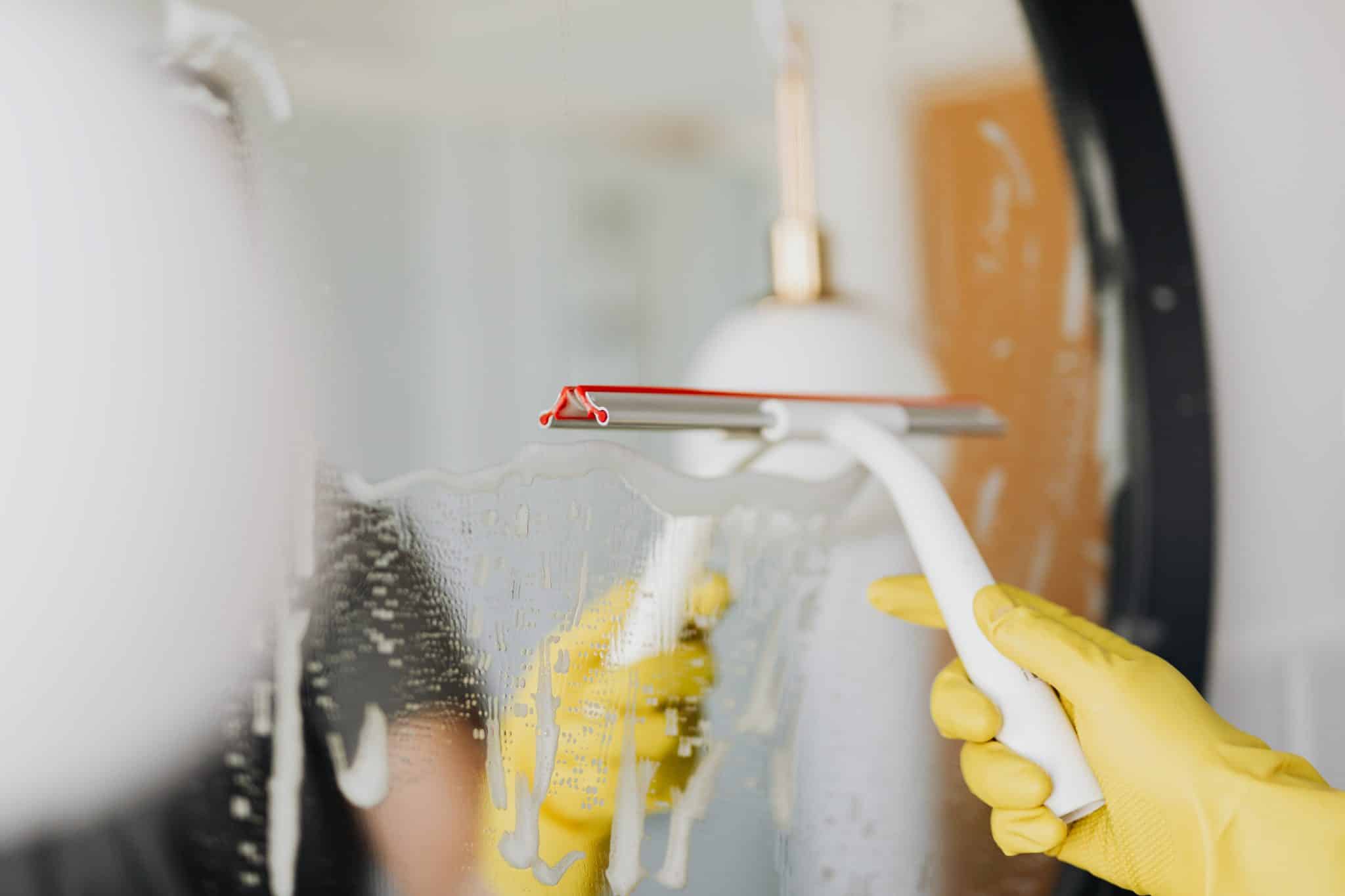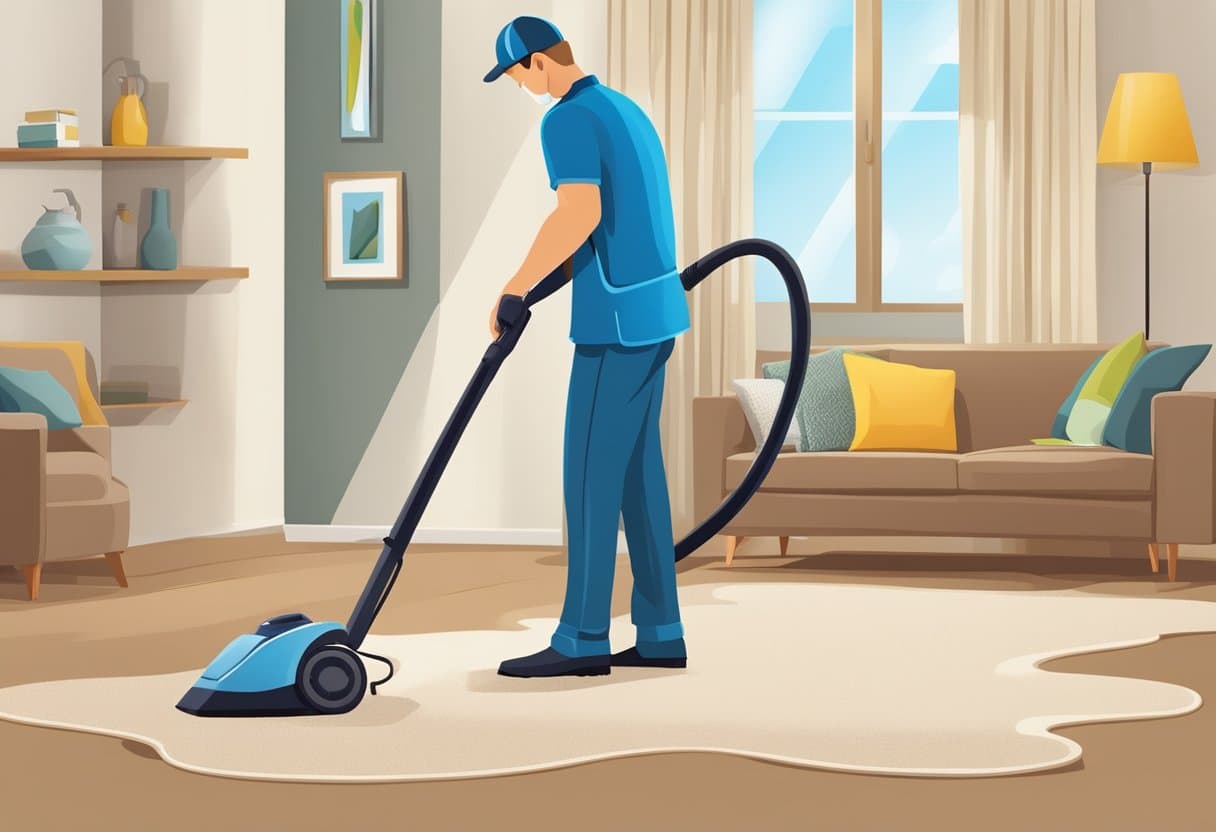Assessing Your Home’s Electrical Health
Your home, where comfort and safety should never be questioned, hinges on something often overlooked: its electrical health. This is more than just flicking switches or powering devices. It’s about ensuring a haven for your family, free from hidden hazards.
Your home’s electrical system, a complex network silently operating behind walls, demands attention. It’s time to shift focus from the visible to the vital unseen.
Unraveling the mysteries of your home’s electrical system isn’t just about technical know-how. It’s about peace of mind, knowing that every flicker of light and hum of an appliance signifies safety, not a silent scream for help.
Understanding The Basics Of Electrical Systems
Before the assessment process, it’s essential to have a basic understanding of your home’s electrical system. The system comprises various components, including wiring, outlets, switches, and the electrical panel, working together to distribute electricity safely throughout your home.
One key aspect to consider is the type of wiring (e.g., Vulcanized Indian Rubber or VIR) used in your house. The danger of VIR cabling, once a standard, now poses significant risks due to its age and deteriorating condition.
Understanding these basics is vital, as they help build the foundation upon which the safety and efficiency of your home’s electrical system rest.
Identifying Potential Electrical Hazards
Recognizing potential electrical hazards is crucial. Be vigilant for warning signs such as flickering lights, which often indicate unstable power flow. If you frequently reset circuit breakers or replace fuses, this could suggest an overburdened electrical system.
Also, be alert to any unusual sounds like buzzing or sizzling from electrical outlets. These noises can signal loose connections or faulty wiring, both of which are fire risks. Furthermore, any scorched outlets or switch plates are a clear red flag. Such discoloration usually results from excessive heat buildup, a precursor to electrical fires.
Regularly checking for these signs not only prevents catastrophic outcomes but also ensures the longevity and safety of your home’s electrical system.
Evaluating Your Electrical Panel
When evaluating your electrical panel, attention to detail is essential. First, inspect for any visible signs of wear or damage, such as rust or burn marks, which often indicate deterioration or overloading.
It’s also crucial to check for outdated components like fuses, which may not meet current safety standards. Modern circuit breakers are more reliable and provide enhanced safety features. Additionally, overheating is a serious concern. If the panel feels unusually warm or has a distinct burning odor, this could signal an urgent need for professional assessment.
Inspecting Outlets And Switches
When evaluating your home’s electrical health, closely inspect outlets and switches for signs of wear or damage. Pay attention to discolored or cracked faceplates, which can indicate underlying issues. Also, test each switch to ensure it operates smoothly without any sticking or resistance.
If you detect any unusual warmth or buzzing sounds when using them, this could signal a deeper problem. It’s crucial to address these issues promptly, as neglected outlets and switches can lead to electrical malfunctions, posing severe risks to your home’s safety.
Regular checks and repairs are key to maintaining a secure and efficient electrical system.
Assessing Your Home’s Lighting
When evaluating your home’s lighting, it’s crucial to consider both efficiency and safety. Begin by examining the type of bulbs in use. Switching to LED bulbs not only enhances energy efficiency. It also minimizes the risk of overheating, a common issue with traditional incandescent bulbs.
It’s equally important to ensure all light fixtures are properly installed and free from visible damage, such as cracks or loose fittings. This check guarantees optimal lighting conditions and reduces the likelihood of electrical hazards.
Reviewing Safety Measures
Your family’s safety should be your number one priority. First, ensure all smoke and carbon monoxide detectors are functioning accordingly. These devices provide early warning signals during emergencies.
It’s also equally important to install ground fault circuit interrupters (GFCIs) in moisture-prone areas like bathrooms and kitchens. GFCIs prevent electrical shock and are essential in areas where water and electricity may intersect.
Remember, these steps aren’t just precautionary. They’re necessary for safeguarding your home and family against electrical hazards.
Seeking Professional Help

Some scenarios might require the expertise of a licensed electrician. If you come across complex issues, such as outdated wiring systems or persistent circuit breaker tripping, or suspect any electrical hazards, professional intervention is essential.
An experienced electrician can provide a thorough evaluation, identifying issues that might not be apparent to the untrained eye. Their expertise ensures any repairs or upgrades comply with current safety standards and regulations, safeguarding your home against potential risks.
Don’t hesitate to reach out for professional assistance. It’s a crucial step in maintaining a safe and efficient electrical system in your home.
Final Thoughts
Regularly assessing your home’s electrical system is a vital practice that ensures the safety, efficiency, and longevity of your electrical infrastructure. With these guidelines, you can maintain a healthy and safe electrical environment in your home. While some assessments can be done independently, don’t hesitate to seek professional advice for complex or dangerous issues. Stay safe and stay powered!








One Comment